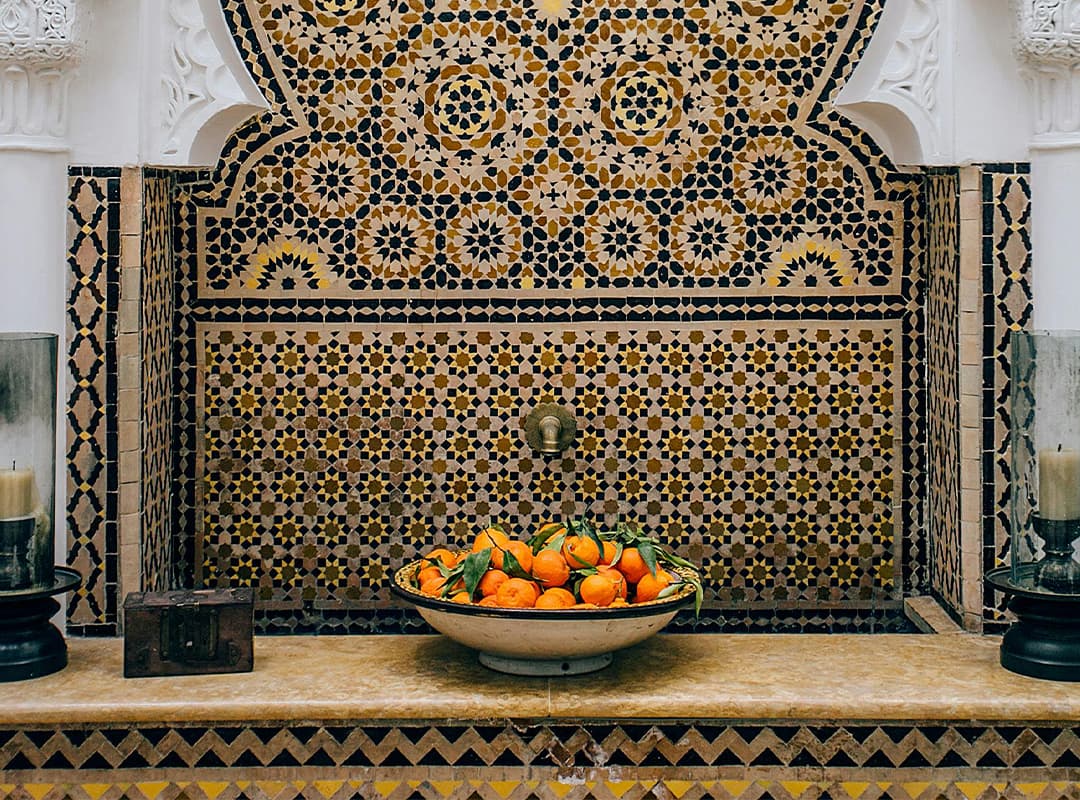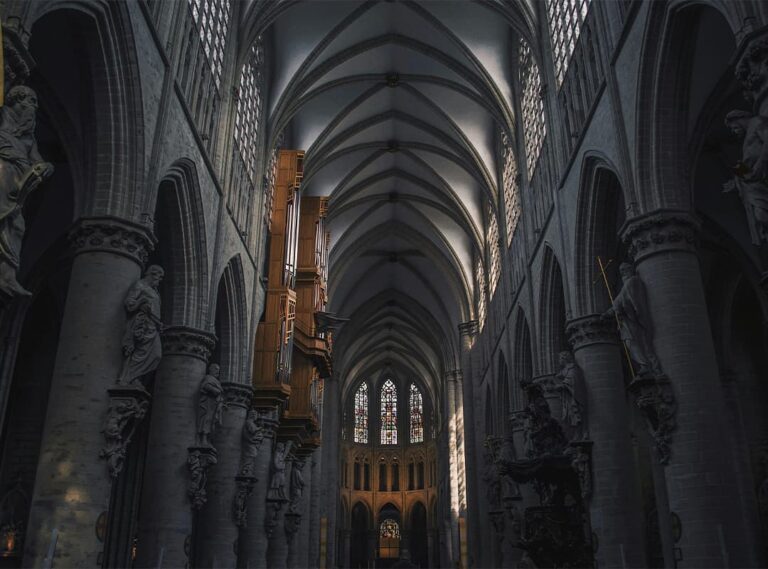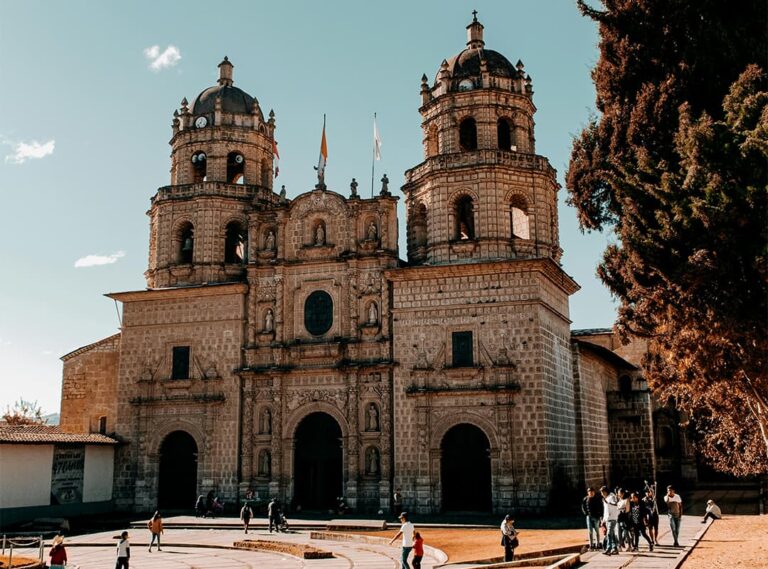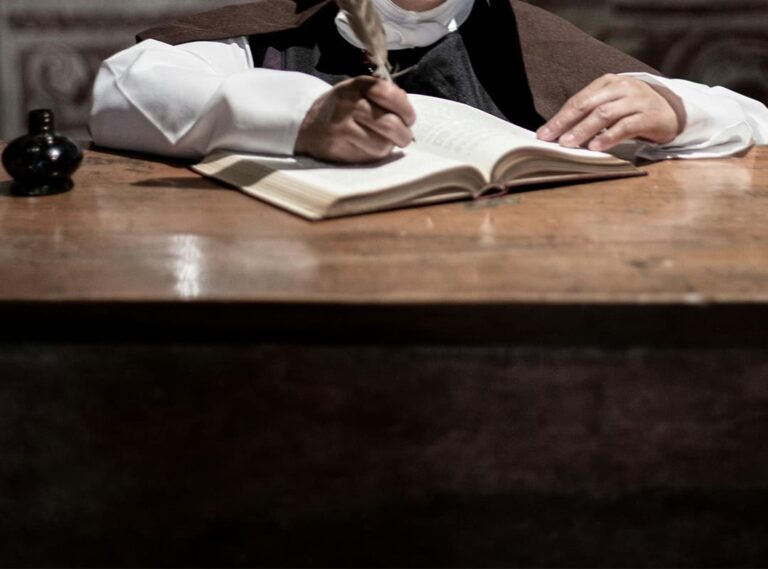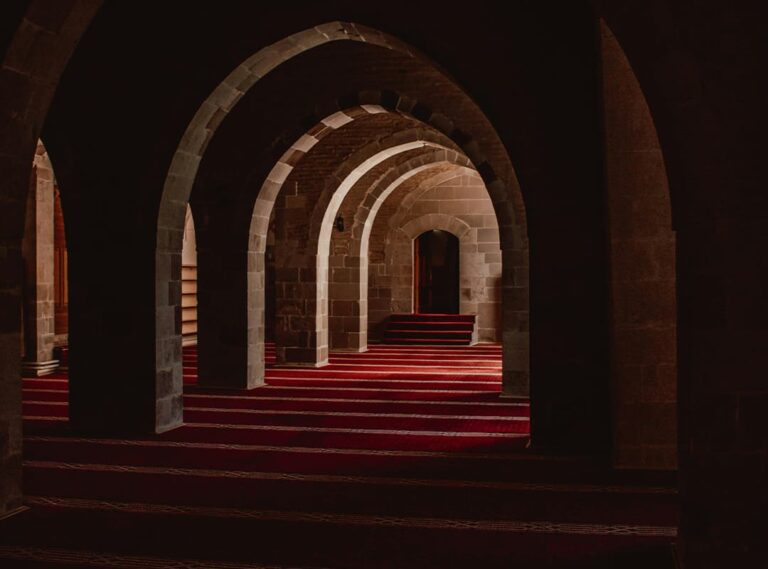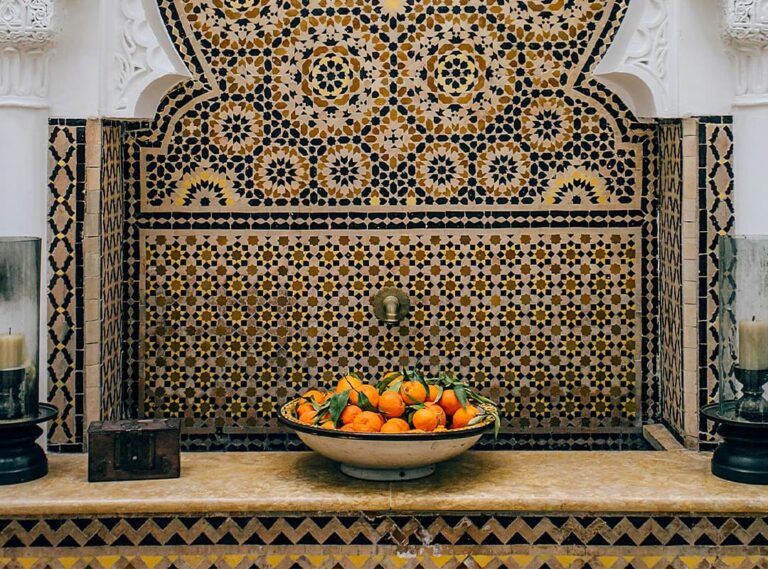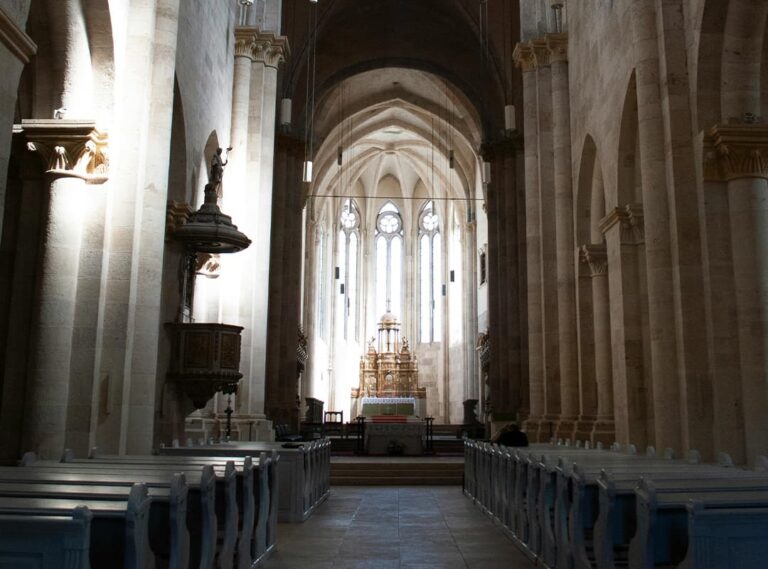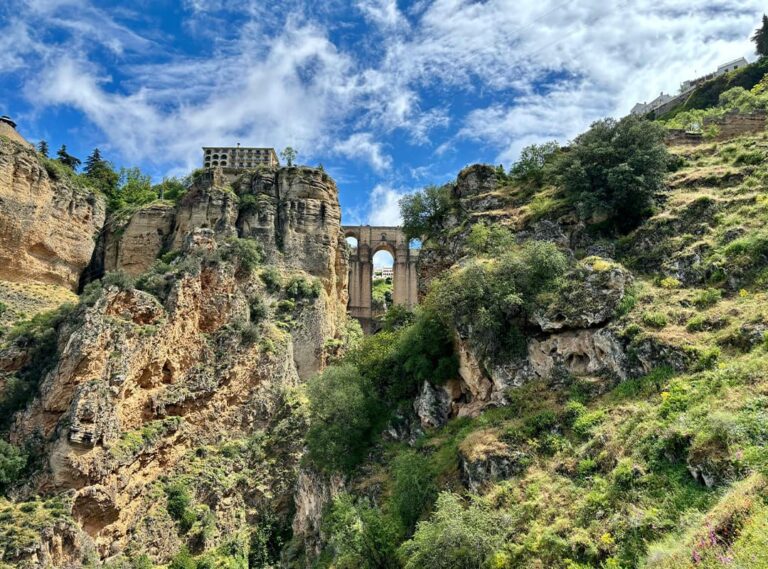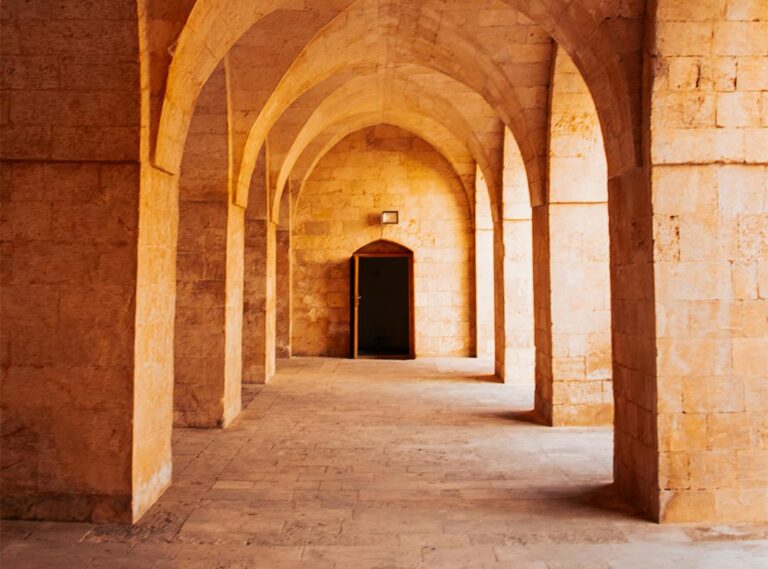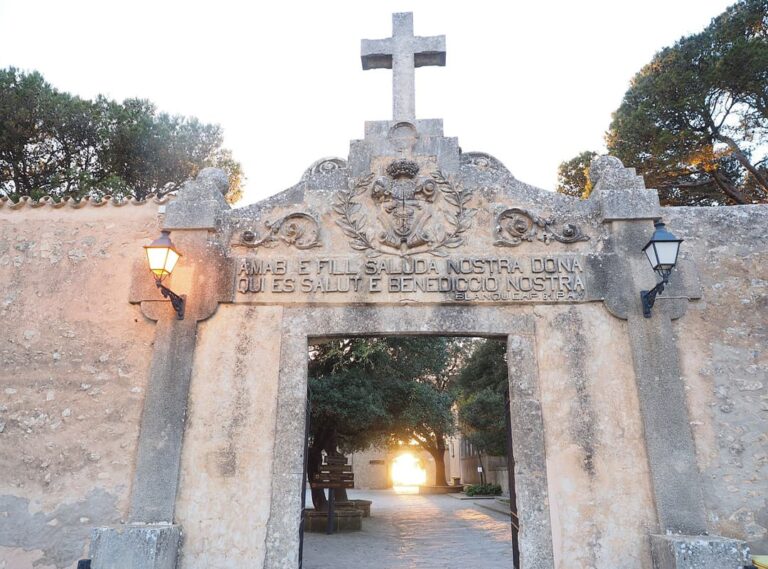The Franciscan Order, founded by Saint Francis of Assisi in the early 13th century, is known for its commitment to poverty, simplicity, and service. Integral to Franciscan life are their unique rites and celebrations, which reflect their deep spiritual heritage and devotion. This article explores the key Franciscan rites and celebrations, and how these traditions are interwoven with symbols like the Black Madonna, enhancing the spiritual experience of the Franciscan community.
Franciscan Rites
Franciscan rites are ceremonies and practices that are central to the spiritual life of Franciscans. These rites are both daily and seasonal, marking significant moments in the liturgical year and the life of the Order.
- The Liturgy of the Hours
- The Liturgy of the Hours, also known as the Divine Office, is a set of prayers recited at specific times throughout the day and night. For Franciscans, this practice is essential, as it structures the day around moments of worship and reflection. It includes Matins (or Vigils), Lauds, Terce, Sext, None, Vespers, and Compline.
- The Eucharist
- The celebration of the Eucharist, or Mass, is central to Franciscan worship. It represents the core of Franciscan spiritual life, with the community coming together to celebrate the sacrament of Christ’s body and blood. The Eucharist is a time for communal prayer, reflection, and renewal of faith.
- Feast Days of Saint Francis and Franciscan Saints
- Special attention is given to the feast days of Saint Francis of Assisi (October 4) and other Franciscan saints such as Saint Clare of Assisi and Saint Anthony of Padua. These days are marked by special liturgical celebrations, reflections on their lives, and acts of devotion.
- The Solemnity of the Immaculate Conception
- While not exclusive to Franciscans, the Solemnity of the Immaculate Conception (December 8) is celebrated with particular devotion, reflecting the Order’s deep respect for the Virgin Mary.
Franciscan Celebrations
Franciscan celebrations are joyful occasions that embody the spirit of Saint Francis and the values of the Order. These events often involve communal activities, processions, and expressions of gratitude.
- Feast of Saint Francis
- The Feast of Saint Francis is the most important celebration in the Franciscan calendar. It is marked by special liturgies, processions, and feasts. The day is dedicated to honoring the life and teachings of Saint Francis, with activities that emphasize his commitment to poverty, humility, and love for creation.
- The Transitus of Saint Francis
- The Transitus, celebrated on October 3, commemorates the passing of Saint Francis from this life to eternal life. It is a solemn occasion marked by evening prayers, reflections, and the recounting of the saint’s final moments.
- Christmas and the Nativity Scene
- Saint Francis is credited with popularizing the Nativity scene, a tradition that continues to be a central part of Christmas celebrations within the Order. The setting up of Nativity scenes and the reenactment of the Nativity are significant celebrations that reflect the Order’s focus on the humble beginnings of Christ’s birth.
- The Feast of Our Lady of the Angels
- Celebrated on August 2, this feast honors the dedication of the Porziuncola Chapel, which is closely associated with Saint Francis. It is a time for Franciscans to renew their commitment to the ideals of the Order and to reflect on the role of the Virgin Mary in their spiritual lives.
The Black Madonna and Franciscan Spirituality
The Black Madonna, a revered icon of the Virgin Mary depicted with dark skin, holds a special place in the spiritual lives of many Franciscans. The Black Madonna symbolizes resilience, protection, and maternal care.
What is the Black Madonna? This term refers to various depictions of the Virgin Mary with dark skin, found in different cultures around the world. One of the most famous examples is the Black Madonna of Częstochowa in Poland, which is deeply venerated by many Christian communities, including Franciscans. The Black Madonna is seen as a powerful symbol of divine care and strength, resonating with the Franciscan values of humility and compassion.
The Role of the Black Madonna in Franciscan Celebrations
- Incorporation into Rituals
- The Black Madonna often features in Franciscan liturgies and processions, serving as a reminder of the universal and inclusive nature of the Franciscan mission. Her image is used in various devotional practices, enhancing the spiritual experience of the community.
- Spiritual Reflection
- The veneration of the Black Madonna offers Franciscans an opportunity for deep spiritual reflection. Her image serves as a focal point for prayers and meditations, reminding the community of the nurturing and protective aspects of the divine.
- Cultural Significance
- In many Franciscan communities, the Black Madonna is a bridge between different cultural expressions of faith. Her presence in Franciscan celebrations underscores the Order’s commitment to embracing diversity and fostering unity among all believers.
Franciscan rites and celebrations are rich expressions of the Order’s spiritual life and commitment to the values of Saint Francis. From the daily Liturgy of the Hours to major feast days and the veneration of symbols like the Black Madonna, these practices reflect a deep devotion and a vibrant spiritual tradition. The integration of the Black Madonna into Franciscan celebrations highlights the Order’s emphasis on humility, compassion, and inclusivity, embodying the timeless spirit of Saint Francis in contemporary worship and community life.
